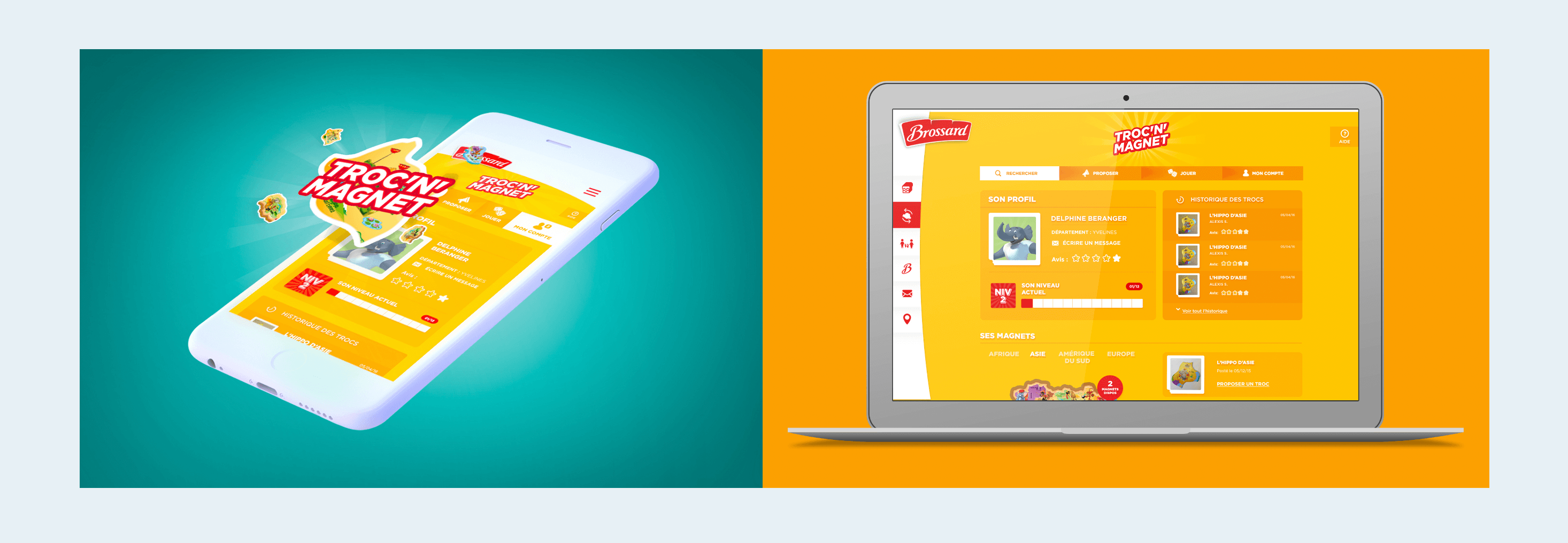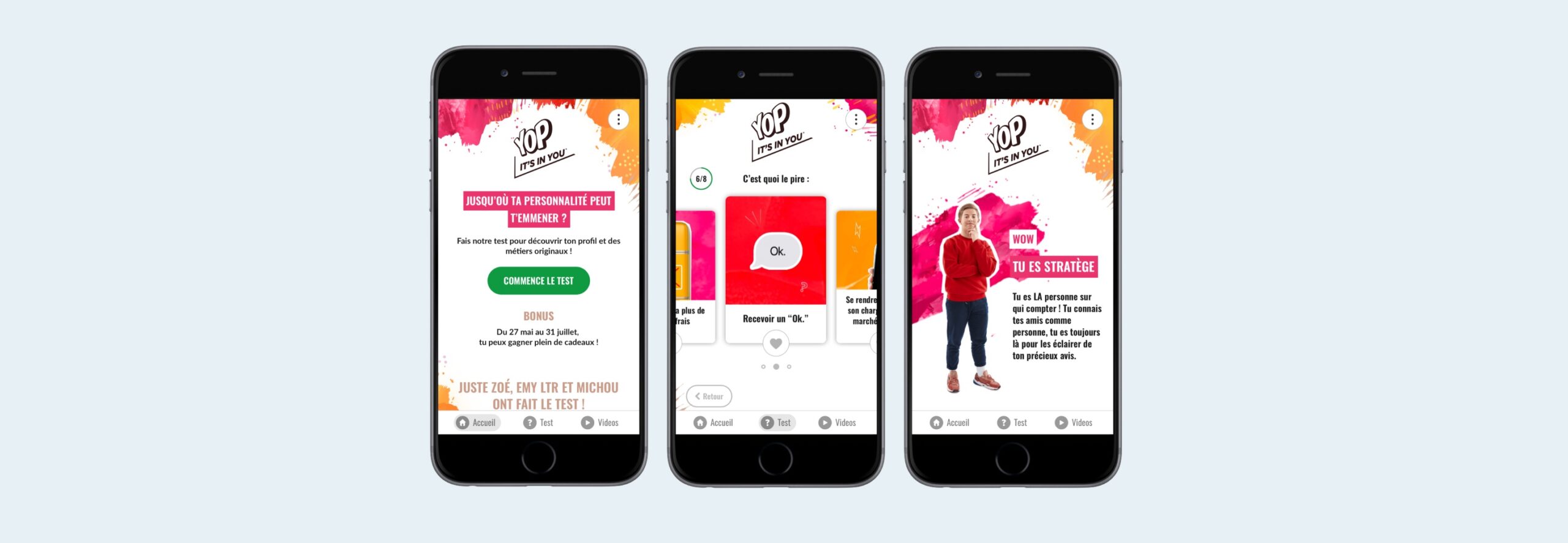In marketing, first-party data is real capital, with great value for brands, as we explain in this article. And although of great value, the first party data cannot be bought directly: it can be collected directly through interactions with prospects and customers, but although free, the collection is not without effort… Before embarking on a first-party database building strategy, marketers need to ask themselves some strategic questions.
1. What questions should you ask yourself to build your first party data collection strategy?
Collecting first-party data is a long-term project, which requires a preparatory effort in order to build a relevant and effective marketing strategy.
Here are the 4 key questions for a marketing strategy based on first party data.
What data do I really need?
This is the first step: without a specific use case, the collection of data will be useless, or even without purpose under the GDPR.
The essential data are those that will allow you to create new ways to adapt messages and enrich the consumer experience.
How to encourage consumers to provide their data?
Brands can directly use first party data for marketing purposes, but the real owners of the data remain the contacts (prospects and customers), who give their consent and can withdraw it at any time. Creating a clear, compelling and legitimate promise of value is therefore essential.
It is important to place yourself from the customer’s point of view to imagine what a unique, personalized experience can be like throughout their journey.
How to build a ROI approach?
Building a long-lasting marketing system for exploiting first-party data is a major investment. It is therefore necessary to model the ROI from the start and to define the expected performance.
What technical prerequisites?
The technical solutions exist. But their practical implementation, depending on the context of the company, can sometimes represent a major project to install solutions, data flows, and data processing processes. The first step is to create a platform to centralize all the data from different sources.
What levers to use?
The levers are the last step, in practice, but they must be anticipated in the definition of the first party data strategy: these are the marketing devices to encourage prospects and customers to share their data, during interactions with the brand. . Imagining them requires marketing creativity.
2. Establish a relationship of trust with prospects and customers
The GDPR, which came into force on May 25, 2018, has greatly contributed to creating a ground of trust between brands and individuals for the use of personal data in marketing. Beyond the strict application of legal and technical conditions, encouraging customers and consumers to share their personal data requires a real improvement in the customer experience.
Simplicity
The brand must offer easy-to-use devices in which the consumer has control of his data. For example, quick account creation with immediate access to managing contact preferences. A balance between clarity and speed of the account creation process is essential. And of course, this possibility of creating an account must be fluid regardless of the point of contact.
Transparency
The brand must be proactive in the information given to the consumer: the more explanations it gives on the reasons for data collection, and on the uses that will be made of it, the higher the rate of collection and qualification will be. If it is not possible to clearly state to the consumer why his data is requested, then it is better not to collect it at all.
Showing from the start that unsubscribing is possible in a simple way also removes a major obstacle: it makes good sense from the user’s point of view, but it constitutes a real change for many brands…
Value
The most important point is the value offered by the brand to the consumer in exchange for their data. This must be motivated by a practical, economic or emotional advantage justifying the transmission of data.
3. Create added value
Creating added value for the customer is the main challenge, and requires creativity from brands. Here are three examples of brands that have taken up this challenge in mass consumption.
3.1. Creation of a service: the Jacquet Brossard brand has created a site for exchanging its famous magnets.
How do you create interactions with your consumers when you are a brand of cakes sold in mass consumption for children’s snacks? The Jacquet Brossard brand has chosen to capitalize on a use that is already well established among its young consumers: bartering magnets. It therefore created with Dékuple an official exchange platform: Troc’N’Magnet. The site has thus enabled the brand to create, thanks to natural traffic, frequent interactions with connected users, representing its most active consumers. In March 2022, the barter platform listed 154,644 magnets on offer, including nearly 5,000 added over a month.





